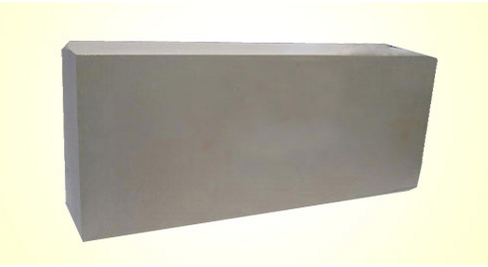
Product List
Success Case
Contact Us
- 0086 371 63838939
- 0086 371 63835539
- sales@sunriserefr.com
- tkfanyi
- No.36 Fengchan Road, Zhengzhou City

News
The classification of refractory material
- More related products
- Fused Cast AZS
- Fused Cast Alumina Block
- Fused Cast High Zirconia Block
- Fused Cast Skid Rail Block
There are many classification methods of fused cast AZS, but the main ones are:
1. According to the chemical composition: can be divided into acidic, alkaline and neutral.
2. According to the refractoriness: can be divided into four categories. of universal refractory (1580-1770 ℃), high-grade refractory material (1770-2000 ℃), grade refractory material (above 2000 ℃ ) and super refractory material (greater than 3000 ℃).

3. According to the processing manufacturing technology: can be divided into the burning products, casting products, don't burn products. According to the use: can be divided into blast furnace, open hearth furnace, converter, continuous casting, glass furnace, cement kiln refractory material, etc.
4. According to the appearance: can be divided into refractory products, refractory mud, unshaped refractory material.
5. According to the shape and size: can be divided into standard, general type, special type and ultra-special product.
6. According to the molding process: can be divided into natural rock cutting saw, mud pouring, plastic molding, semi-dry forming and vibration, pound, casting and other products.
7. According to the chemical - mineral composition: can be divided into aluminum silicate (clay brick, high alumina brick, semi-silica brick) siliceous (silica brick, fused silica firing products) magnesia (magnesia, chrome brick).
8. Carbon (carbon brick, graphite brick) dolomite, zircon stone, special refractory products (high purity oxide products, refractory compounds and high temperature composite material).
- Read more
Leave Message
For more information on any of our products please get in touch using the form below. One of our sales team will respond to your enquiry as soon as possible.

Copyright © 2014 Zhengzhou Sunrise Refractory Co., Ltd. 豫ICP备13002126号












